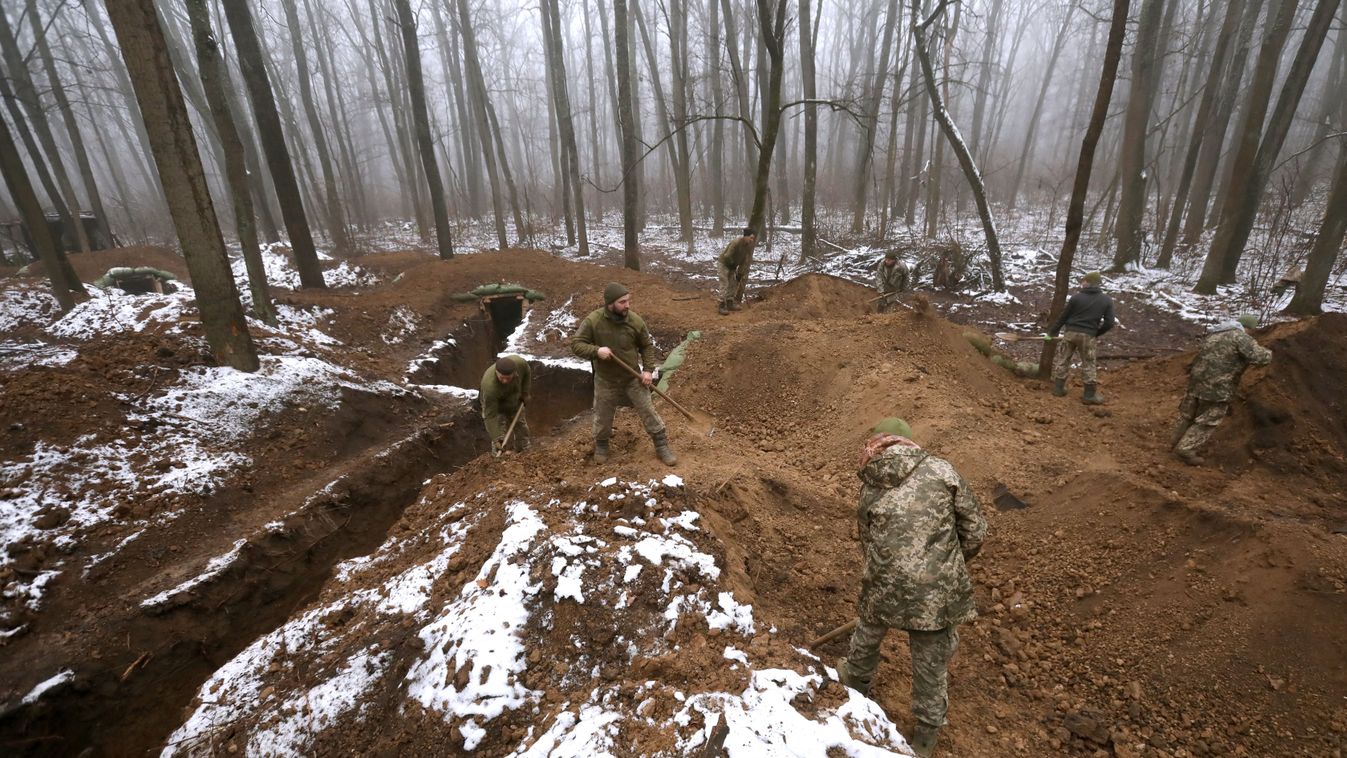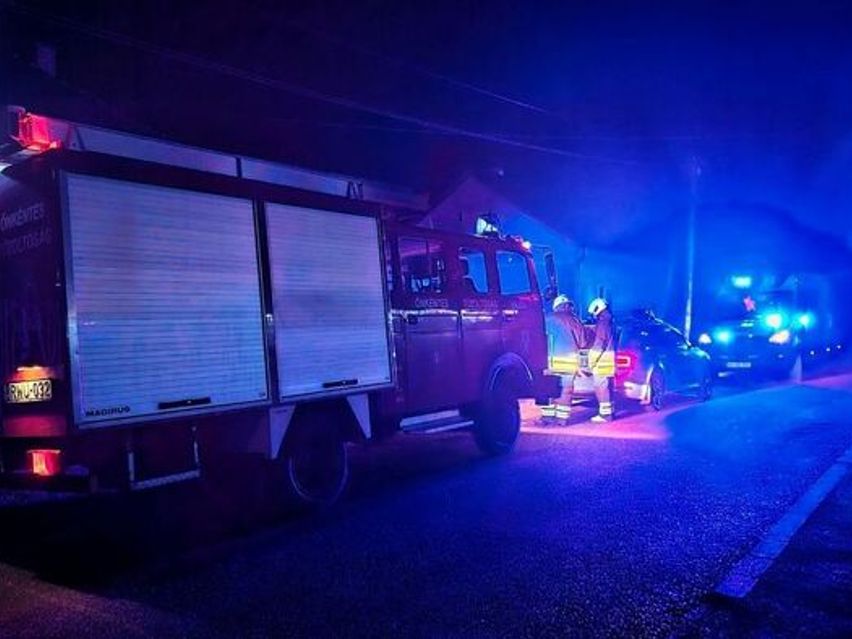Nearly three years ago, in the early days of the conflict, the first environmental disaster of the Ukraine-Russia war occurred. In the Chernobyl area, the soil had remained untouched for 40 years after the reactor disaster. Then came the Russian attack, and soldiers dug up the contaminated soil. As a result, radiation levels in the area measurably increased, says Tetiana Gerdashuk, a Ukrainian environmental philosopher, V4NA reports.
They dug trenches, built bunkers, and even hunted wild animals for food.
In the following days, many Russian soldiers reportedly fell ill with radiation sickness. Gerdashuk, a researcher at the Ukrainian Academy of Sciences, spent three months as a guest researcher at the Viadrina Research Institute in Frankfurt an der Oder, collaborating with German colleagues from the International Ukraine Research Competence Network (KIU) to analyze the environmental damage caused by the war
When Susann Worschech, a researcher at KIU, talks about the environmental impacts of the war, she cites figures that defy imagination: 25,000 hectares of forest burned, 220 conservation areas endangered or destroyed, and over one million hectares of land, including forests, mined. It’s not just people who suffer—animals are dying too. Countless dolphins and whales in the Black Sea have perished due to torpedoes, mine explosions, naval sonar noise, and water pollution.
Most recently in December, two Russian oil tankers collided near Crimea, causing an oil spill that has yet to be contained.
Environmentalists now refer to the situation as "ecocide”—the large-scale destruction of natural resources. Various organizations, including scientists in Frankfurt an der Oder, Ukrainian environmental initiatives, and the Berlin-based Vitsche civil organization, are working to document the damage. However, in Russia occupied territories and active war zones, recording the full extent of destruction is nearly impossible.
Here are just a few of the most severe incidents:
- March 2022: Repeated bombings of oil drilling platforms and storage facilities, leading to oil spills, contamination, and increased air pollution across Ukraine.
- Spring 2023: The Askania-Nova Biosphere Reserve came under threat. A total of 220 protected areas, including the Biloberezhia Sviatoslava National Park near the Dnipro River’s mouth into the Black Sea, remain endangered.
- June 2023: The destruction of the Kakhovka Dam. Consequences included mass fish die-offs, increased salinity in drinking water, E. coli contamination, Black Sea pollution with pesticides, heavy metals, and transformer oil, and the death of 20,000 land animals.























Szóljon hozzá!
Jelenleg csak a hozzászólások egy kis részét látja. Hozzászóláshoz és a további kommentek megtekintéséhez lépjen be, vagy regisztráljon!